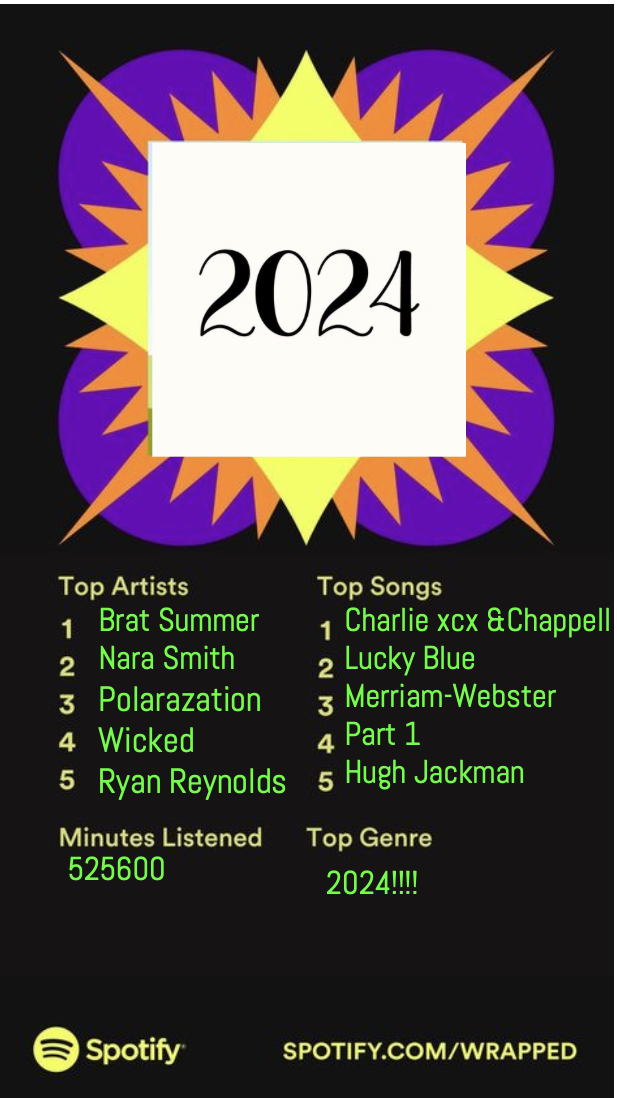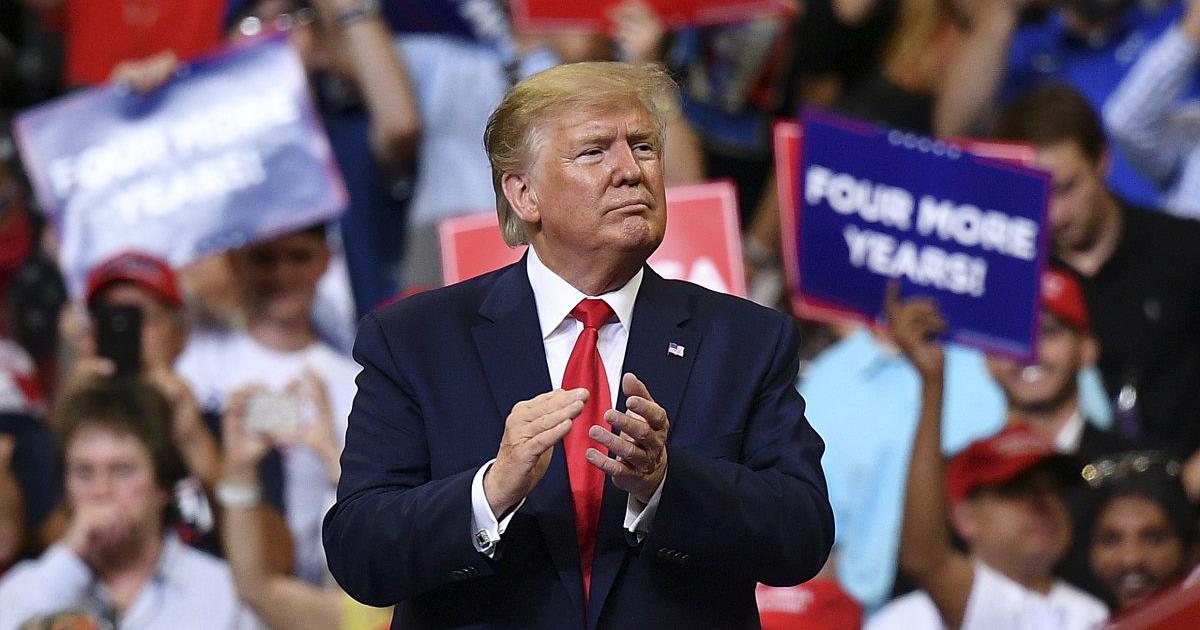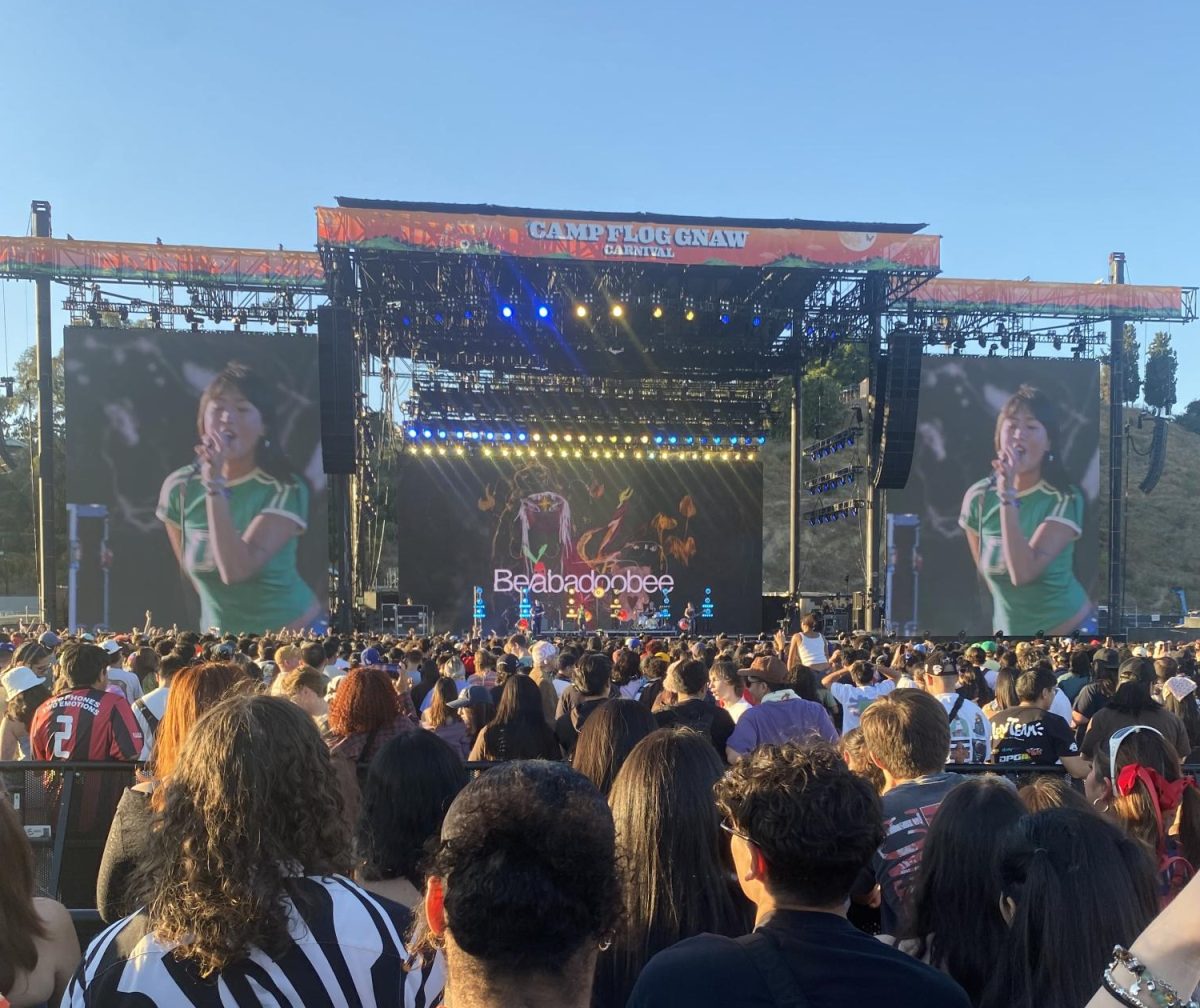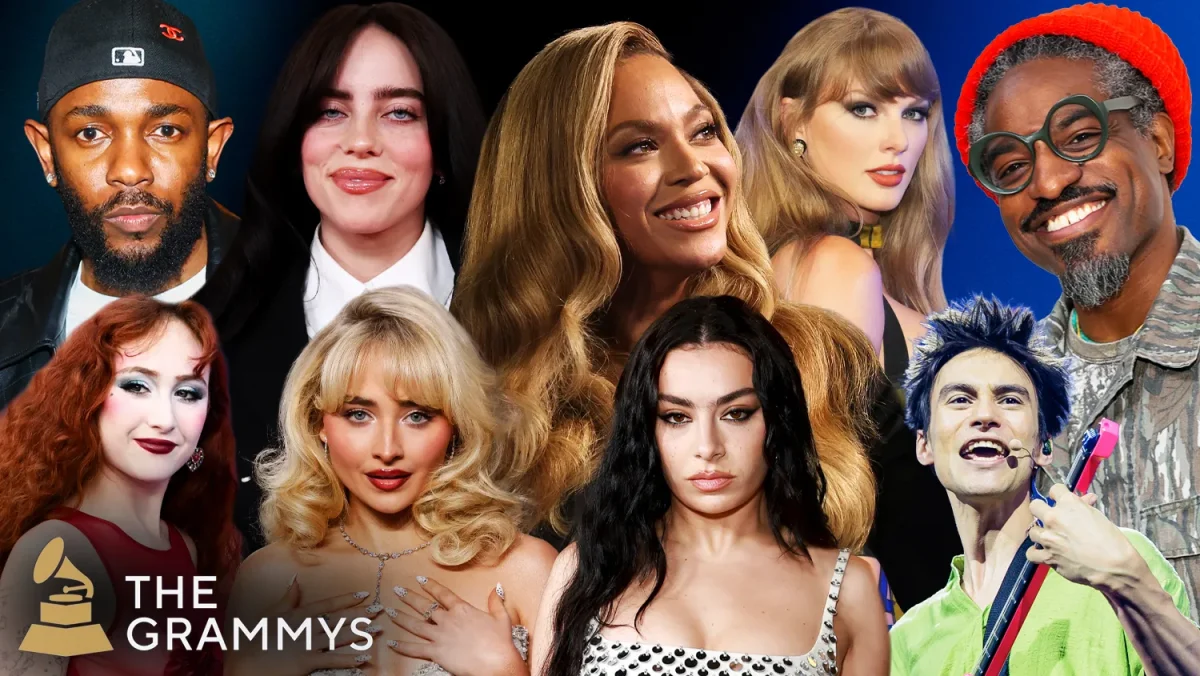According to a survey on closed captions and subtitles, 70% of respondents in the generation said they use closed captions “most of the time” compared to 53% of Millennials, 38% of Gen X, and 35% of Baby Boomers. Additionally, Netflix revealed that 40% of its global users have subtitles (more commonly known as “closed captions” in some countries) on all the time, while 80% switch them on at least once a month – stats that far exceed the number of viewers who need captioning because of hearing impairment. While some may believe it is a matter of poor comprehension due to distractions in our fast-paced world, the truth can also be shared with the fact that technological advances have paradoxically decreased sound quality.
Sound mixer Guntis Sics, who has mixed sound for films such as Thor: Ragnarok and Moulin Rouge!, contends that difficult-to-hear dialogue is frequently encountered in the film industry. “As technology evolved, especially when it leaped digital, a tsunami of sound appeared all of a sudden,” Sics says. Additionally, Sics notes that many problems stem from the literal movie set; in filmography’s past, vocal projection was necessary due to the lack of advanced microphones. On the contrary, portable microphones in modern films have allowed actors to have more of a “mumbly” tone. Sics notices this specific tone more so in younger actors.
Moreover, factors such as using various sound effects, a supplement unattainable in decades past, have damaged a movie’s dialogue. While incorporating countless sound effects such as footsteps, shuffles, heartbeats, ticks, and heavy breaths may provide an extra dimension to the moving picture experience, the assortment of sounds constructs an orchestra that may overpower the dialogue. Therefore, underneath that mob of sound effects, one may find the aid of closed captions to help understand the movie.
Conversely, some at-home viewers and movie connoisseurs may not consider audio quality to be a prerequisite for needing subtitles. Due to the influx of short videos via social media platforms such as TikTok and Instagram, attention spans are getting shorter. Dana Joo (10) adds, “It’s getting harder to catch the attention of our generation since a lot of our screen time is consumed by short videos.” Consequently, closed captions will act as a crutch to help the viewer understand what is actually going on in the movie or TV show, causing them to be more invested and capturing their attention.





























Derek Truong • Dec 14, 2023 at 7:58 AM
This was a really interesting article because I did not think of subtitles in that way. I also thought the factual information was used well in this article.
Arya Banerjee • Dec 14, 2023 at 7:57 AM
Hi! Your article is so well-researched and I love the way you organized it. Great job!